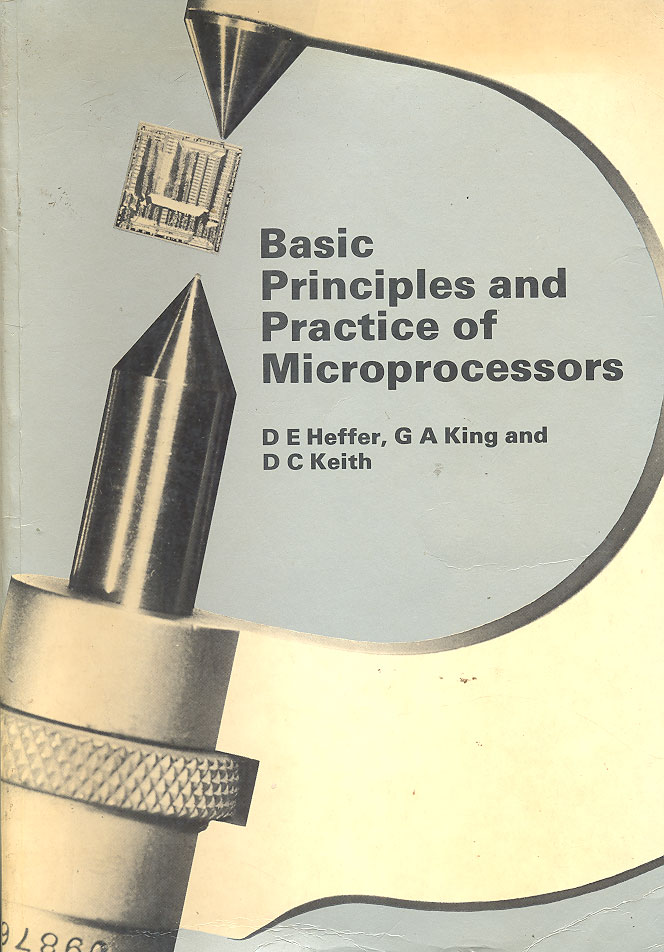Filters
Clear allSubject
- Careers (81) Apply Careers filter
- Climate Change (3) Apply Climate Change filter
- Creative arts and media (9) Apply Creative arts and media filter
- Cross curricular (67) Apply Cross curricular filter
- Design and technology (295) Apply Design and technology filter
- Engineering (172) Apply Engineering filter
- Food Preparation and Nutrition (4) Apply Food Preparation and Nutrition filter
- Leadership (2) Apply Leadership filter
- Mathematics (239) Apply Mathematics filter
- Personal development (5) Apply Personal development filter
- Psychology (1) Apply Psychology filter
- Science (281) Apply Science filter
- Space (4) Apply Space filter
- STEM Ambassadors (8) Apply STEM Ambassadors filter
- STEM Clubs (18) Apply STEM Clubs filter
Age range
Type
- Activity sheet (213) Apply Activity sheet filter
- Article (88) Apply Article filter
- Assessment (3) Apply Assessment filter
- Audio (5) Apply Audio filter
- Data set (3) Apply Data set filter
- Demonstration (4) Apply Demonstration filter
- Experiment (2) Apply Experiment filter
- Game (8) Apply Game filter
- Group work (8) Apply Group work filter
- Image (43) Apply Image filter
- Information sheet (55) Apply Information sheet filter
- Interactive resource (13) Apply Interactive resource filter
- Open-ended task (1) Apply Open-ended task filter
- Poster (12) Apply Poster filter
- Presentation (103) Apply Presentation filter
- Quiz (2) Apply Quiz filter
- Research (47) Apply Research filter
- Self assessment (1) Apply Self assessment filter
- Simulation (2) Apply Simulation filter
- Teacher guidance (334) Apply Teacher guidance filter
- Textbook (24) Apply Textbook filter
- Video (71) Apply Video filter
- (-) Remove Include Physical Resources filter Include Physical Resources
Showing 1557 results

'Basic Excel 2000' will help teachers and parents to give children a head start in spreadsheets as required by the National Curriculum at Key Stages 2 and 3 using Excel 2000.
This book is suitable for whole...

This text presents a straightforward discussion of the way in which basic techniques in computing may be applied to the...
Computers are often required to find information in large collections of data. They need to develop quick and efficient ways of doing this. This activity demonstrates three different search methods: linear searching, binary searching and hashing. This resource begins with the introductory activity of battleships....
In this resource from the Construction Youth Trust, students are asked to work with percentage and decimal calculations when exploring the financial accounts of a small business. The materials have been written to help a non-teaching STEM professional to work with students in an educational setting.
The...

A starter kit which includes a BeagleBone Black board and components to get students started.
Kit contains:
- BeagleBone Black Board...
Even though computers are fast, there is a limit to how quickly they can solve problems. One way to speed things up is to use several computers to solve different parts of a problem. In this activity sorting networks are used to do several sorting comparisons at the same time. This resource begins with a discussion...

In 'Beat the game' readers find themselves trapped inside a computer game. They must apply their knowledge of programming and algorithms to make their way safely through.
This lesson or enrichment activity investigates recursive algorithms using Fibonacci series.
It begins with an engaging maths magic trick ‘how to fake a super brain’ that uses a special property of Fibonacci numbers, and proceeds to look at the Golden Ratio in nature and its ‘beautiful’ properties.
...
This activity gives SEND pupils the opportunity to create a program to control a single Bee-Bot around a complex course. Pupils learn to break down a problem into smaller parts, create an algorithm and a program to move a robot to a specific point and to detect and correct errors in the program by creating obstacle...
This activity for younger children introduces algorithms and algorithmic thinking. After first planning how to draw numbers using the simple commands available, children then program a BeeBot to create the shapes (BeeBots are a type of simple programmable rover). By watching and feeding back on each other's efforts...
This introduction to using the small programmable robot, the BeeBot, introduces children to creating simple programs. They learn the importance of sequences of accurate instructions, and test their sequences out using a 'fakebot' or paper-robot. Children are encouraged to debug and develop their sequences before...
For lower-primary children with some understanding of algorithms, this Barefoot Computing activity uses a basic robot (BeeBot) to show how algorithms are executed as stored programs on digital devices. Simple sequences of instructions are given to the BeeBot to 'write' numbers. These algorithms are represented by...

Includes a Bee-Bot, rechargeable batteries and unit, three activity mats...
The Beginner’s Guide to Engineering series is designed to provide a very simple, non-technical introduction to the fields of engineering for people with no experience in the fields. Each book in the series focuses on introducing the reader to the various concepts in the fields of engineering conceptually rather...

